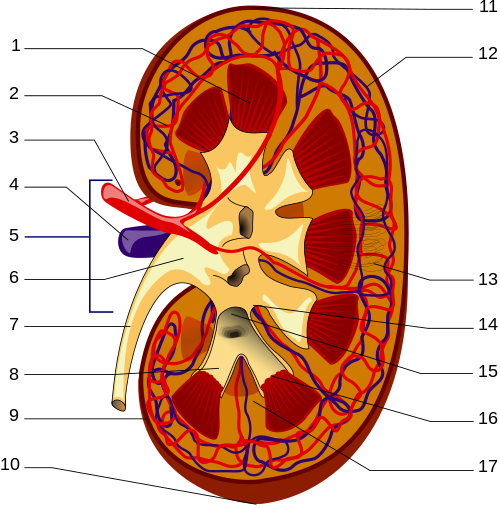
Photo from academic.microsoft.com
Nature reviews | Nephrology Chronic interstitial nephritis in agricultural communities (CiNaC) is a disease that primarily affects young agricultural workers from low-income, tropical countries. although heat stress has been proposed… Click to show full abstract
Nature reviews | Nephrology Chronic interstitial nephritis in agricultural communities (CiNaC) is a disease that primarily affects young agricultural workers from low-income, tropical countries. although heat stress has been proposed to have a role, the aetiology of this disease has not been determined. New findings suggest that CiNaC is a toxin-induced nephropathy that affects the calcineurin signalling pathway. “we found a specific lesion in the kidneys of patients with CiNaC that resembled lesions found in kidneys of transplant recipients treated with calcineurin inhibitors and of patients exposed to other nephrotoxic drugs that affect calcineurin signalling,” explains Marc de Broe. “although we do not yet have proof, we suspect that pesti cides, used in agriculture, are responsible for this nephropathy.” to better understand the aetiology of CiNaC, Benjamin vervaet, de Broe and colleagues examined renal biopsy samples from patients with CiNaC. “we started with clearly established cases of CiNaC from Sri Lanka, El Salvador and India but also examined biopsy samples from patients in regions of France where the use of pesticides is well documented,” says de Broe. they found specific lesions in the proximal tubules, characterized by an accumulation of enlarged, dysmorphic lysosomes with dispersed aggregates together with a tubular atrophy, loss of tubular cell proliferation and interstitial fibrosis. identification of the same lesions in patients treated with calcineurin inhibitors and other nephrotoxic agents, and in the kidneys of rats treated with ciclosporin, led the researchers to propose that CiNaC is a toxin-induced nephropathy caused by factors that affect calcineurin signalling. De Broe and colleagues now hope to identify the responsible toxins, with the aim of introducing measures to prevent the development of CiNaC in agricultural communities. Susan J. Allison N E P H R OTO X I C I T Y
Journal Title: Nature Reviews Nephrology
Year Published: 2019
Link to full text (if available)
Share on Social Media: Sign Up to like & get
recommendations!